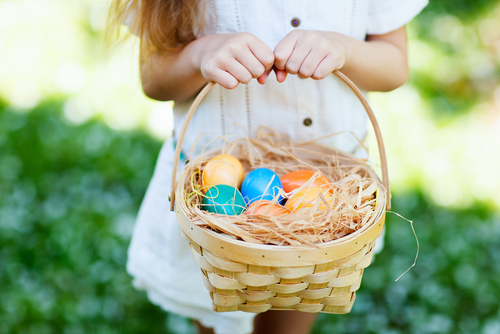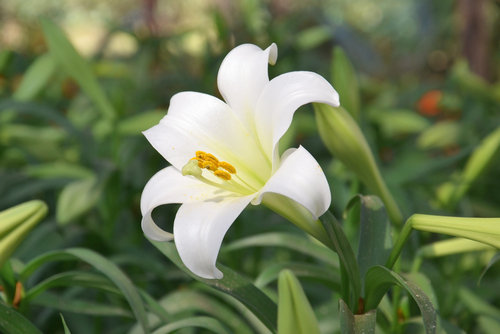Easter is the central religious observance in Christianity, but each branch of the faith celebrates in a different way. Christian churches have since the 4th century held special services to mark Lent as a period of preparation and celebrate Easter with its promise of resurrection.
However, there are some significant differences between the dates and ways of celebrating Easter Sunday, rituals and traditional symbols of this holiday for different brunches of Christianity.
Eggs

Easter is a religious holiday, but some of its customs, such as Easter eggs, are linked to pagan traditions. The egg, an ancient symbol of new life, has been associated with pagan festivals celebrating spring. From a Christian perspective, Easter eggs are said to represent Jesus’ emergence from the tomb and resurrection. Decorating eggs for Easter is a tradition that dates back to at least the 13th century, according to some sources. One explanation for this custom is that eggs were a forbidden food during the Lenten season, so people would paint and decorate them to mark the end of the period of penance and fasting, then eat them on Easter as a celebration. Religious sources tell us about a basket of eggs that Mary Magdalene brought for her food when she went to the sepulcher to anoint Christ’s body. According to the legend, when she uncovered the eggs at the tomb, the white shells miraculously turned all the colors of the rainbow. Apart from coloring and decorating eggs, there are also some rituals, connected with them: Eastern children play the ‘egg-knocking’ game and Western kids ‘hunt’ for hidden baskets with chocolate eggs.
Read: Pysanka Festival in Kiev
Bunny

The Bible makes no mention of a long-eared, short-tailed creature who delivers decorated eggs to well-behaved children on Easter Sunday. Nevertheless, the Easter bunny has become a prominent symbol of Christianity’s most important holiday. The exact origins of this mythical mammal are unclear, but rabbits, known to be prolific procreators, are an ancient symbol of fertility and new life. The legend about rabbit’s burrow helped the animal’s adoption as part of Easter celebrations. Believers saw the rabbit coming out of its underground home as a symbol for Jesus coming out of the tomb. Perhaps this was another case of taking a pre-existing symbol and giving it Christian meaning.
Easter Sweets

For Orthodox believers traditional Easter cake is Paska. It is usually tall and cylindrical, with symbols made of rolled dough or dusted in flour on the top. They can be very sweet and fluffy or more savory and dense, while the original ones were made with cottage cheese and sour cream. For the Western world it is more typical to cook Easter bread and treat children with special Easter sweets. Among the most popular candies, associated with this day, are chocolate eggs, which date back to early 19th century Europe. Another egg-shaped candy, the jelly beans, became associated with Easter in the 1930s (although the jelly bean’s origins reportedly date all the way back to a Biblical-era concoction called the Turkish Delight).
Read: Orthodox Easter in Ukraine
Lamb
Of all Easter symbols, the lamb is probably the most strongly Christian. Other than the fact that lambs are young animals born in springtime, it has no strong ties to pagan traditions. The lamb comes from the Jewish Passover, where each family killed a lamb as a sacrifice. When Christ became the Passover Lamb for everyone, the lamb became a symbol for His sacrifice.
Easter Lilies

The Easter lily is a new addition to Easter celebrations. Throughout the years, painters and sculptors used the white lily to symbolize purity and innocence, frequently referring to Virgin Mary. For the Eastern Orthodox world, the plant associated with Easter is willow.
Easter symbols differ in Ukraine and worldwide with lots of variation across different branches of Christianity. Nevertheless, there is common pagan or Biblical background for all of them, which unifies all Christians in celebrating Easter and respecting its traditions.







